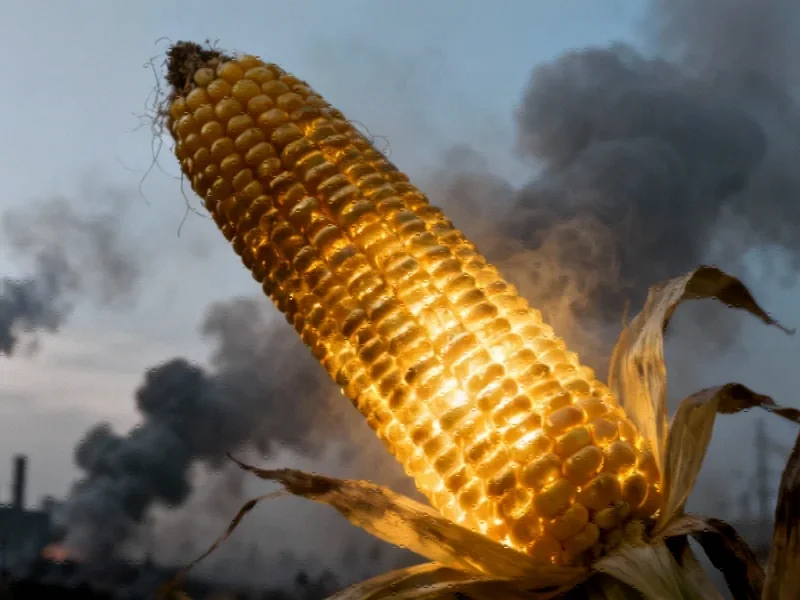Breakthrough Research Reveals New Contamination Pathway
According to a recent study published in the journal Biogeosciences, mercury pollution from artisanal and small-scale gold mining operations is contaminating food crops primarily through atmospheric uptake rather than soil absorption as previously assumed. The international research team, led by scientists from Queens University and the University of Lagos, documented this troubling phenomenon in a Nigerian farming community located near mining activities.
Sources indicate the research compared crop samples from fields situated 500 meters from a mining site with those grown 8 kilometers away. The report states mercury concentrations in leaves and grains were approximately 10-50 times higher in the farm closer to the mining operation, revealing stark contamination gradients directly related to proximity to mining activities.
Paradigm Shift in Understanding Mercury Uptake
For decades, scientists had presumed mercury entered food crops primarily through root systems after leaching into the soil or water sources. However, this new research, utilizing sophisticated mercury stable isotope analyses published in the study, demonstrates that most mercury found in plant tissues originates from the atmosphere, entering through leaves during photosynthesis.
“Mercury uptake by plants from air represents the largest sink of mercury from air to terrestrial systems,” researchers noted in their findings. Analysts suggest that while this process helps reduce global atmospheric mercury distribution, it creates significant human health concerns when staple crops become the mechanism removing mercury from the air.
Health Implications and Consumption Risks
The study found that leafy plant parts, commonly consumed by humans and livestock, retained the highest mercury concentrations. While edible non-leafy portions like cassava roots or maize kernels showed lower contamination levels, they still contained significant mercury amounts. Although concentrations remained below international consumption thresholds, researchers warn these standards employ conservative crop consumption rates that may not reflect local dietary patterns.
Mercury is a powerful neurotoxin used by artisanal miners to extract gold from raw ore. Long-term exposure, even at low levels, can damage nervous systems, impair childhood cognitive development, and cause cardiovascular and reproductive problems. The report states vulnerable populations in low-income rural areas face elevated risks due to their dependence on local agriculture and limited economic alternatives.
Economic Drivers and Regulatory Gaps
Driven by gold prices that have increased more than tenfold since 2000, artisanal and small-scale gold mining has expanded rapidly across many developing regions. According to the UN Environment Programme, this sector now represents the largest source of global mercury emissions. Yet regulation and monitoring remain limited in many parts of the Global South where mining often serves as an economic lifeline for communities facing poverty.
“Miners will not stop using mercury for gold extraction unless they get a readily available alternative that is also cost-effective,” researchers noted in their assessment. This economic reality complicates mitigation efforts despite growing awareness of the health and environmental consequences.
Policy Implications and Future Directions
The research represents a critical call to action for governments and international organizations implementing the Minamata Convention on Mercury. Current monitoring strategies primarily focus on water bodies, sediment, and seafood, largely overlooking crop contamination. This study demonstrates these efforts are missing a key exposure vector that could affect millions across Africa, South America, and Asia.
As the industry continues evolving with strategic minerals gaining importance, and energy storage technology advancing, the contamination challenge requires urgent attention. The researchers conclude that new policies are desperately needed to monitor and mitigate airborne mercury exposure in agricultural regions near mining activities, particularly as infrastructure challenges and climate messaging evolve alongside regulatory developments in related sectors.
This invisible contamination of food systems represents a quiet crisis with potentially generations-long health consequences for communities already facing numerous economic and environmental challenges.
This article aggregates information from publicly available sources. All trademarks and copyrights belong to their respective owners.
Note: Featured image is for illustrative purposes only and does not represent any specific product, service, or entity mentioned in this article.

